
Chile, Dispatches
Chile’s Sebastián Piñera Struggles To Keep Support After Mine Rescue
January 11, 2011 By Patrick Burns
For Chile, 2010 was a year to remember. It began tumultuously with a crippling 8.8-magnitude earthquake that killed hundreds was quickly followed a month later by the inauguration of President Sebastian Piñera. All of that was overshadowed in mid-October, when a billion people worldwide watched the rescue of 33 copper miners, who’d been trapped underground for nearly 70 days.
The “Chilean miracle” gave the South American country an opportunity to show the world how to, as media-savvy President Sebastian Piñera put it, “Do it the Chilean way.” During the rescue, Piñera won praise at home and abroad for his no-expenses-spared performance.
From the San José mine in northern Chile, where I was for ten days to cover the rescue, there was a sense that something transformative was happening—and it wasn’t just because of the thousands of journalists from around the world who had flocked to the remote Atacama desert, one of the driest spots on earth. The highly orchestrated and emotional operation felt like a “before-and-after” event for the country.
Could the miraculous rescue be Chile’s “Apollo 13” moment, when the country could finally be recognized for 20 years of rapid growth, instead of its dark, dictatorial past? Could Piñera use the newfound political capital to unite the country and tackle persistent challenges like economic inequality and indigenous land rights?
Two months later, the impact of the Chilean triumph is more symbolic than transformational. Piñera’s place in the sun eventually subsided along with the international media attention. Recent polls show his approval rates back to where they were before the disaster happened. For the president, the goodwill that accompanied the rescue has largely become a missed opportunity.
Like a stock market spike, the successful rescue sent Piñera soaring and dropped him back down, all within a few months. In early November, his approval rate shot to 63 percent, according to a poll by research group Adimark GfK. It was a drastic turnaround from the pre-rescue summer, when his numbers were about 20 points lower.
“Piñera has the lowest approval rating of any new president since the South American country’s return to democracy two decades ago,” noted a July 29 report by Santiago-based research group CEP. Analysts at the time said Piñera lacked the charisma of his extremely popular predecessor, Michele Bachelet.
If charisma is what he needed, the August cave-in at the San José copper and gold mine was a blessing in disguise. At that point, little was known about the highly technical undertaking of finding the 33 miners, who were presumed to be dead, and mandating government responsibility seemed like political suicide. Most of the president’s aides strongly advised against federal government intervention.
The extremely low expectations for success, combined with the cost of between $15 and 20 million made it seem like the most pragmatic option would be to highlight the failures of the San José Mining Company and the regulators of the previous Concertación government.
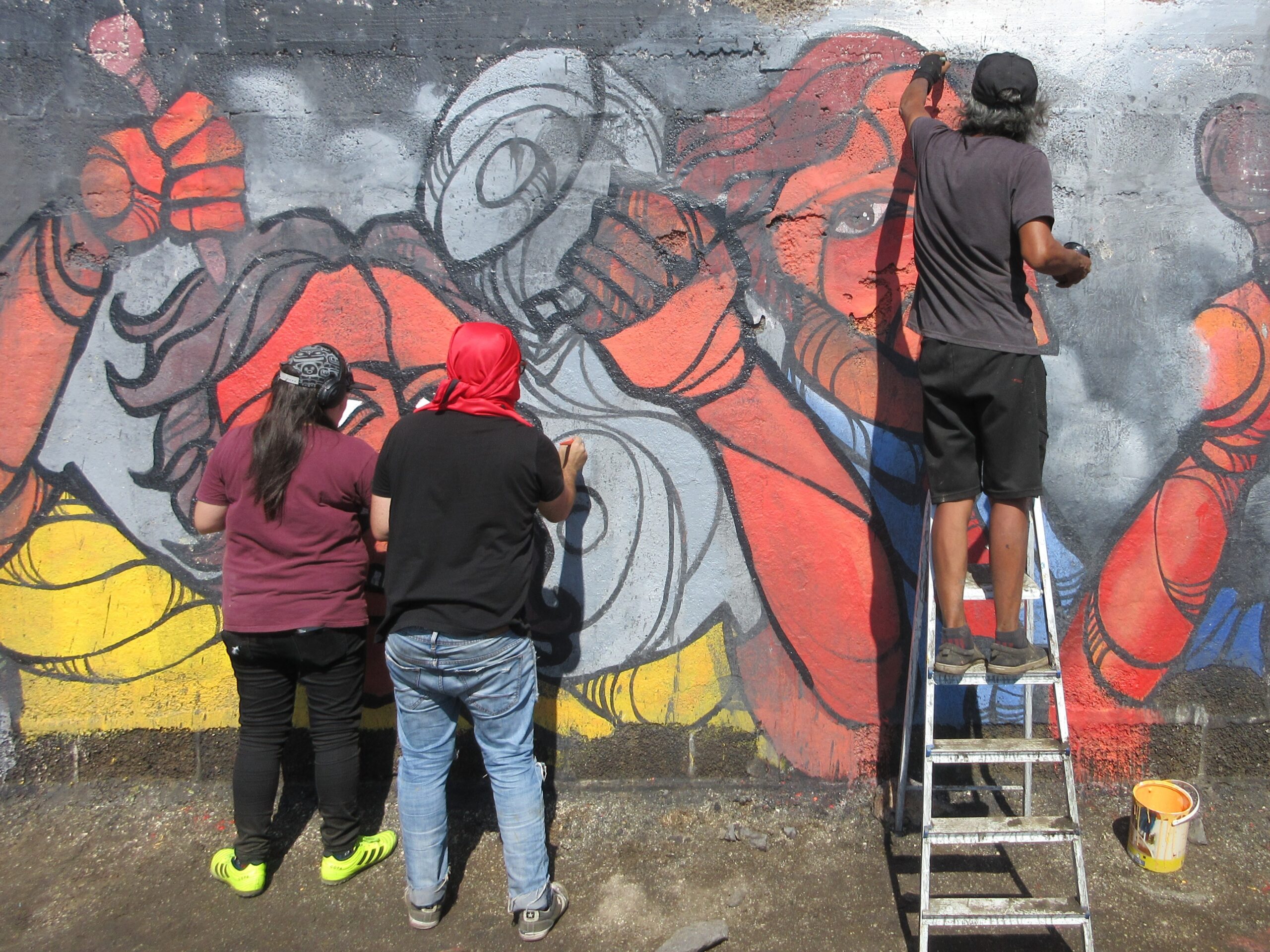
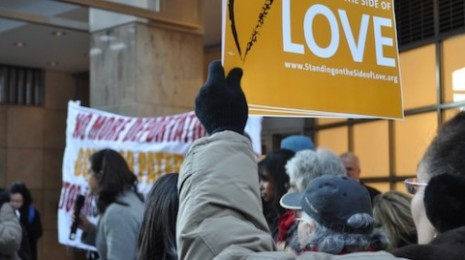
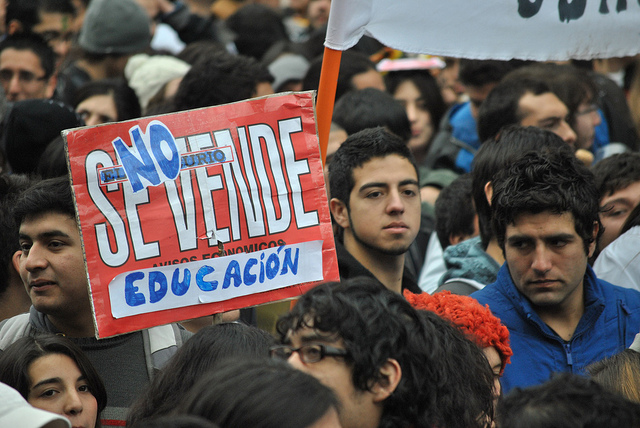
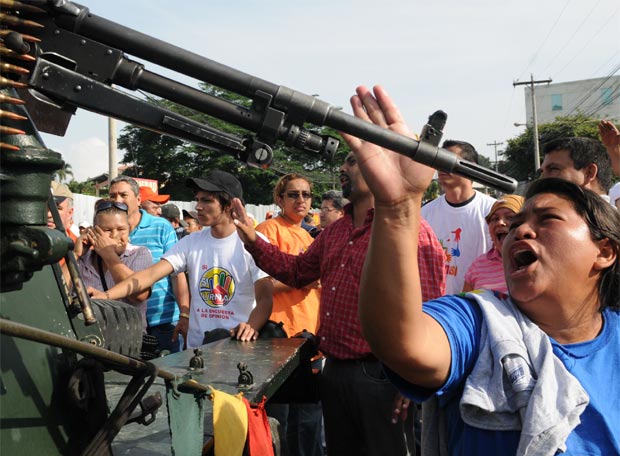
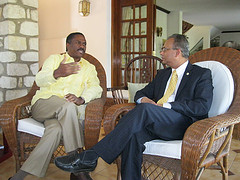

3 Comments
Damned fine piece–thank you!
[…] With Chile’s 33 trapped miners safe and sound, President Sebastián Piñera now struggles to retain his popularity. Latin America News Dispatch contributor Patrick Burns reports. […]
Nicely reported piece, with a first-person reference. Why no by-line? Don’t we need to know who wrote this partly personal account? Just a quibble. I love what you are doing with this site. It recalls the Latin America Newsletter published by Stanford’s Latin American Studies masters students in the 60s–which scooped the world at one point on the impending invasion of Cuba. Print back then, web now, and still a great idea. Congratulations.
John Dinges
Comments are closed.